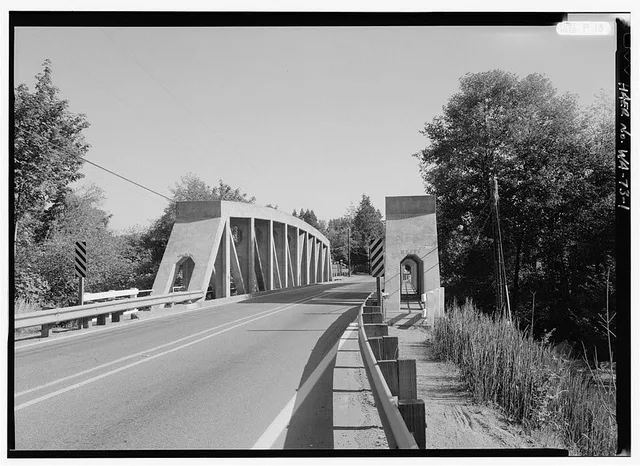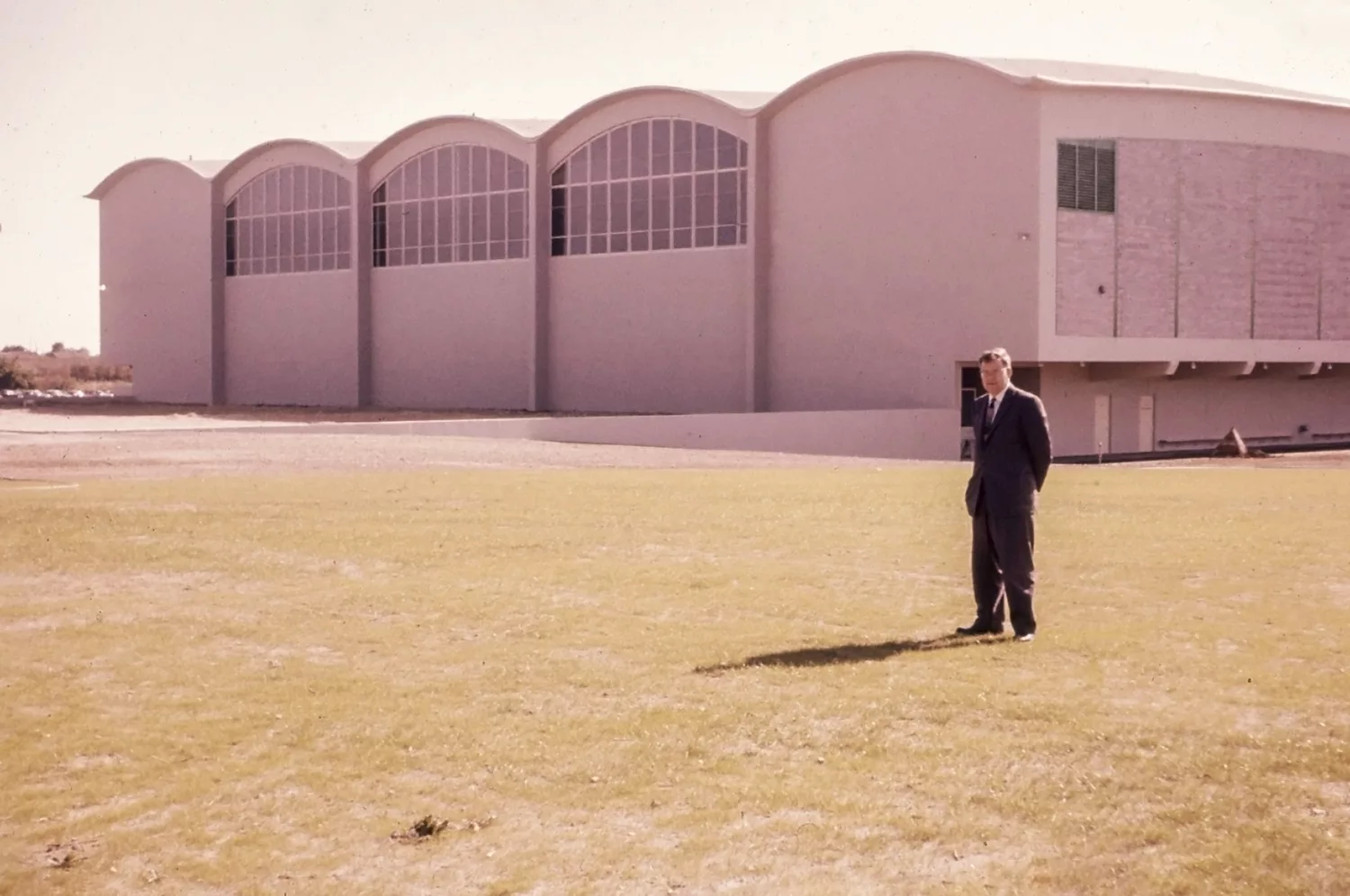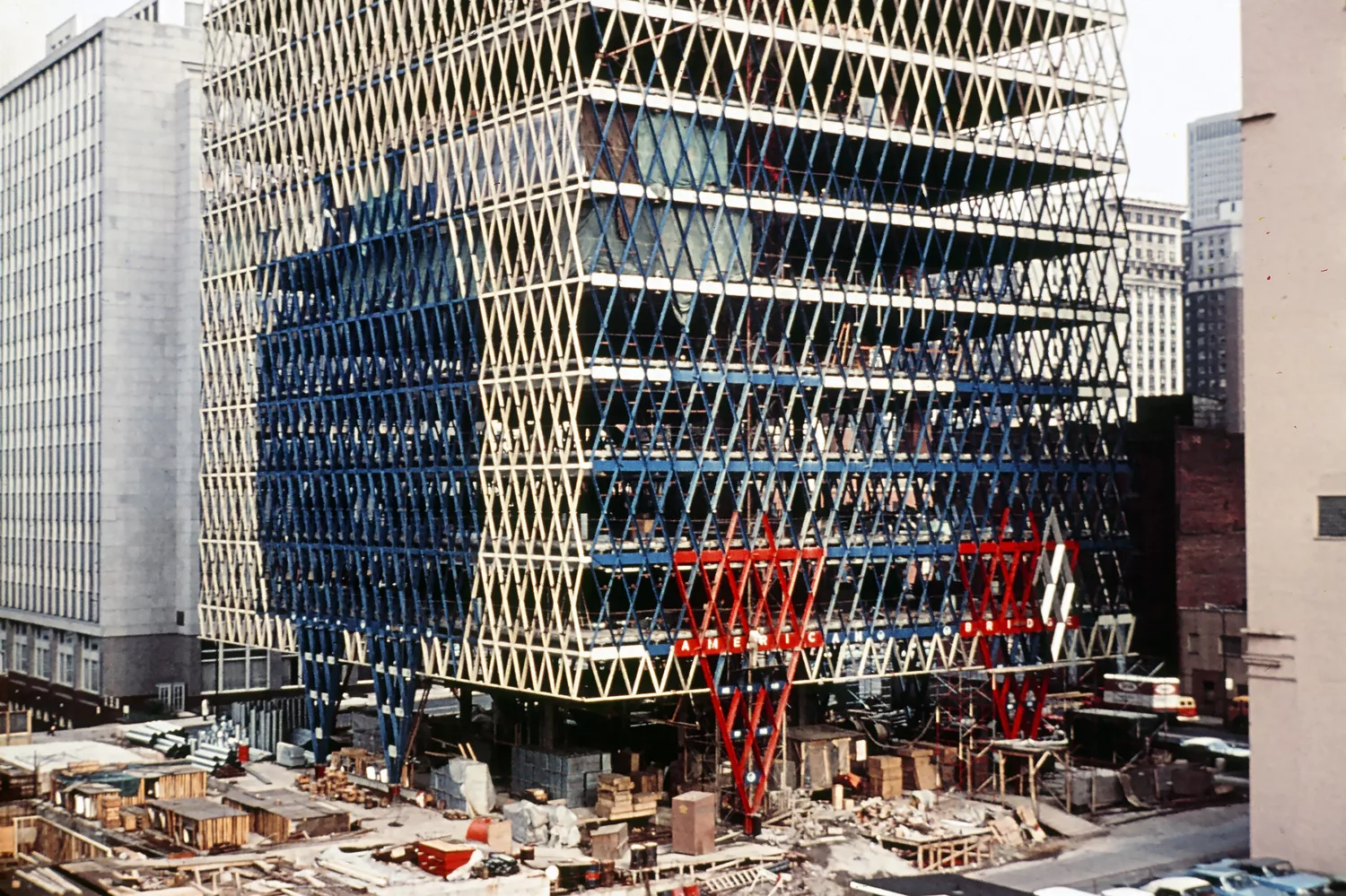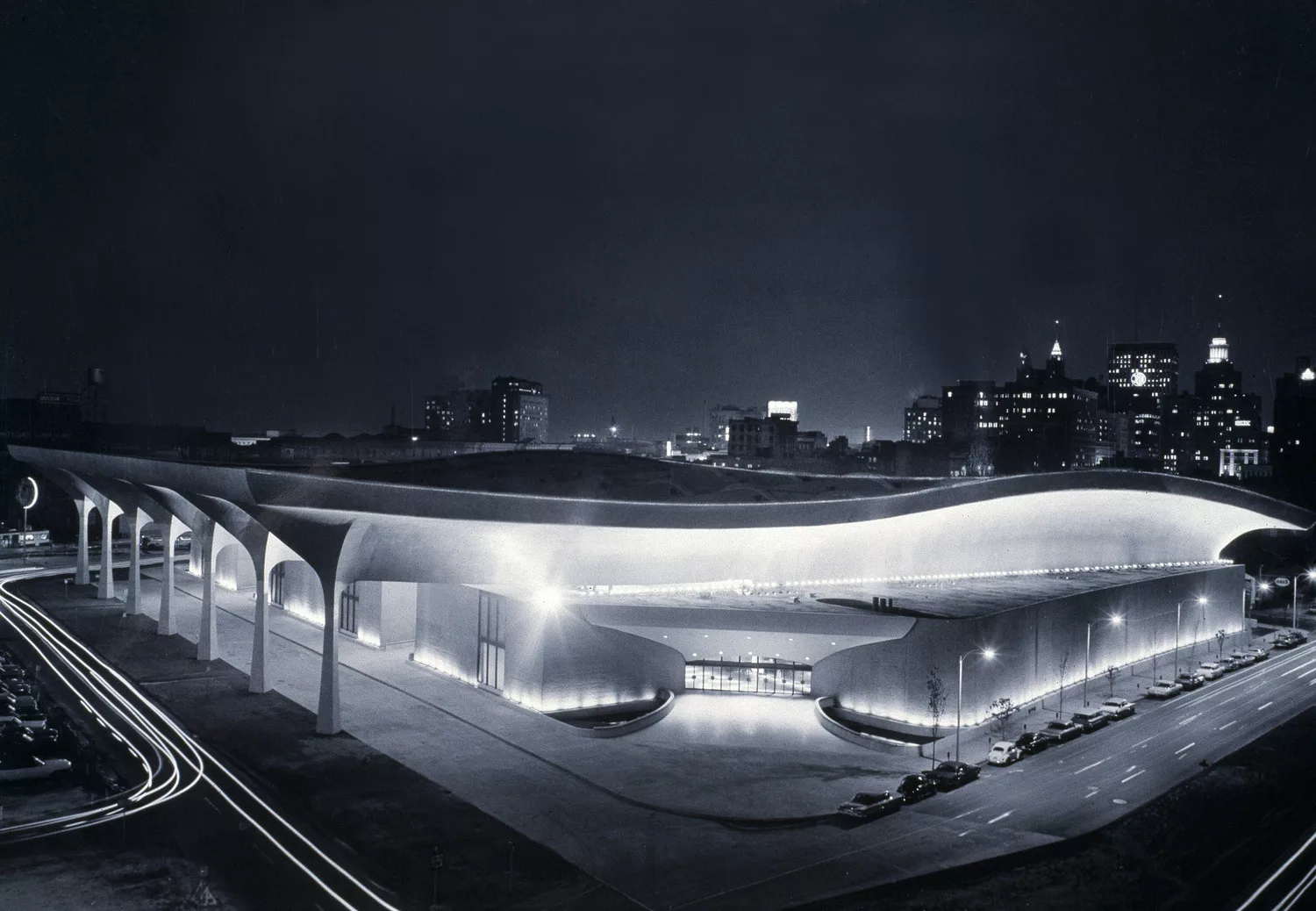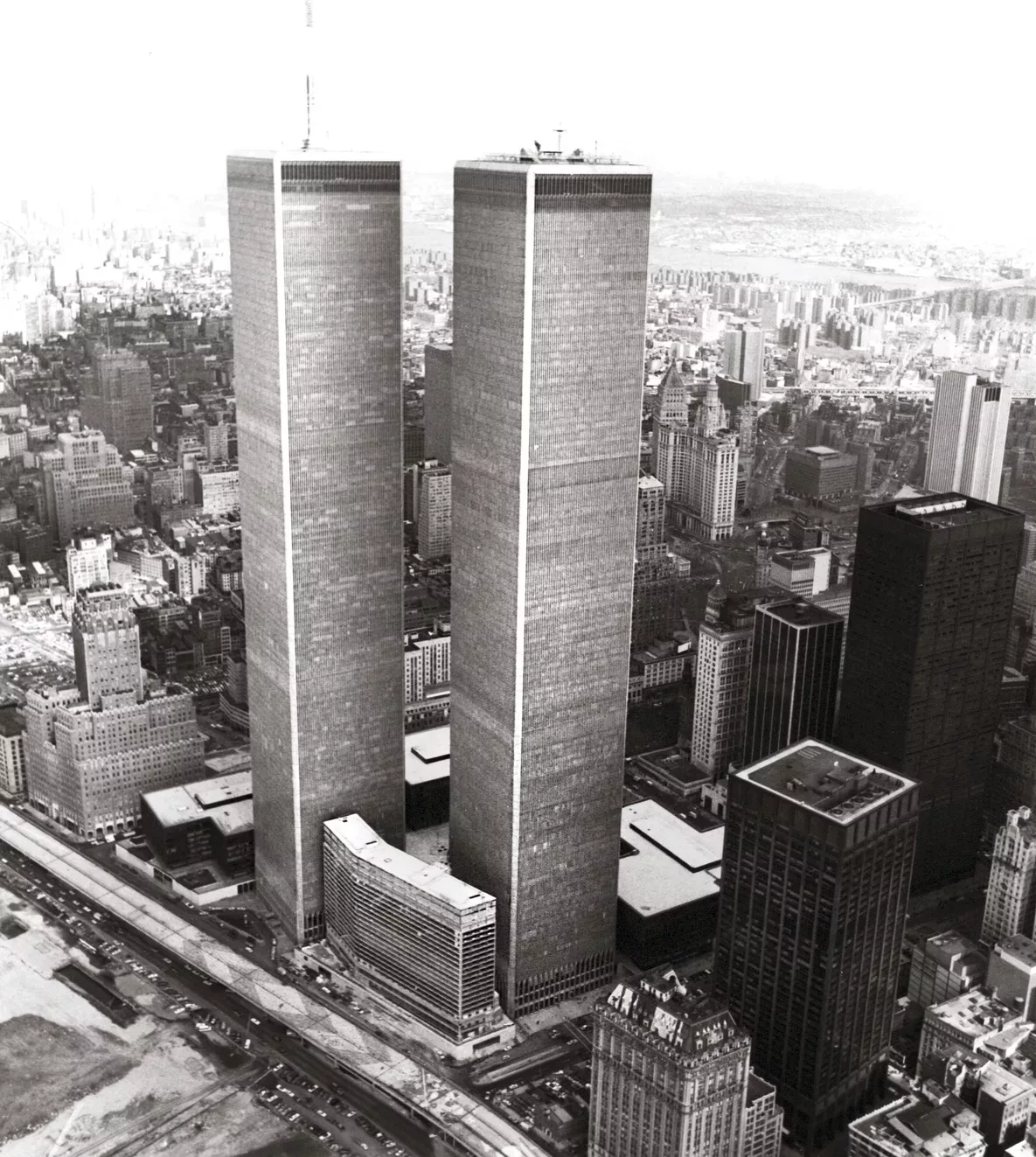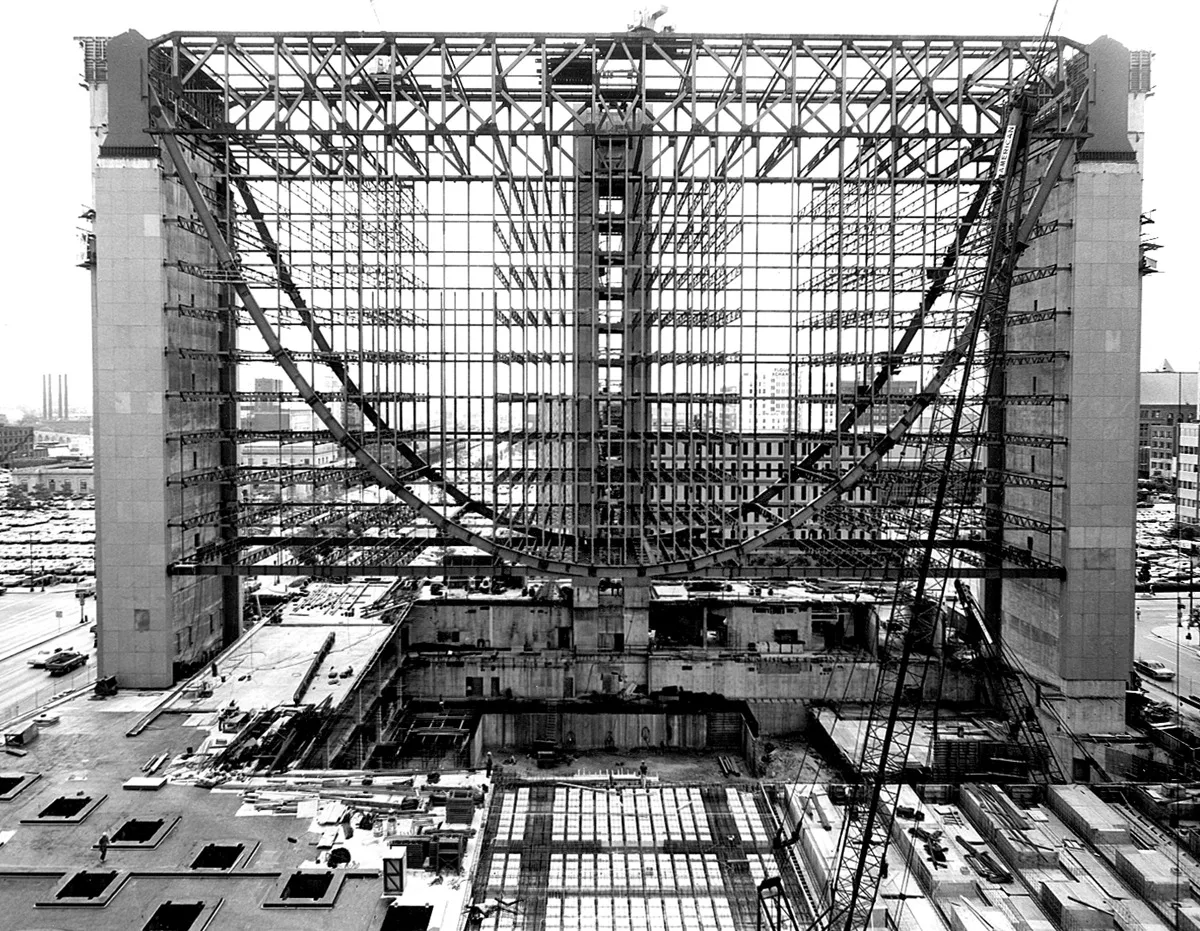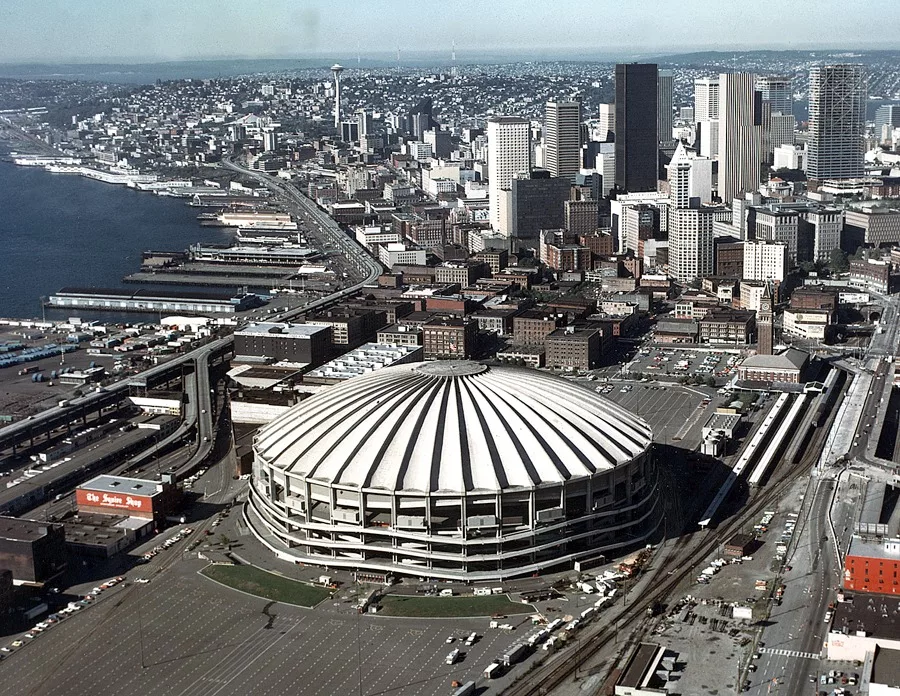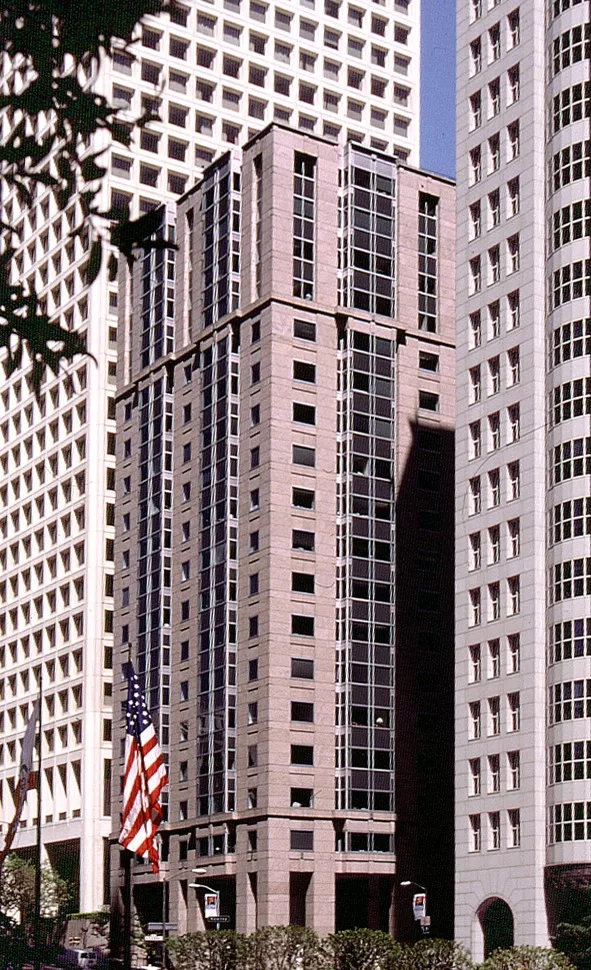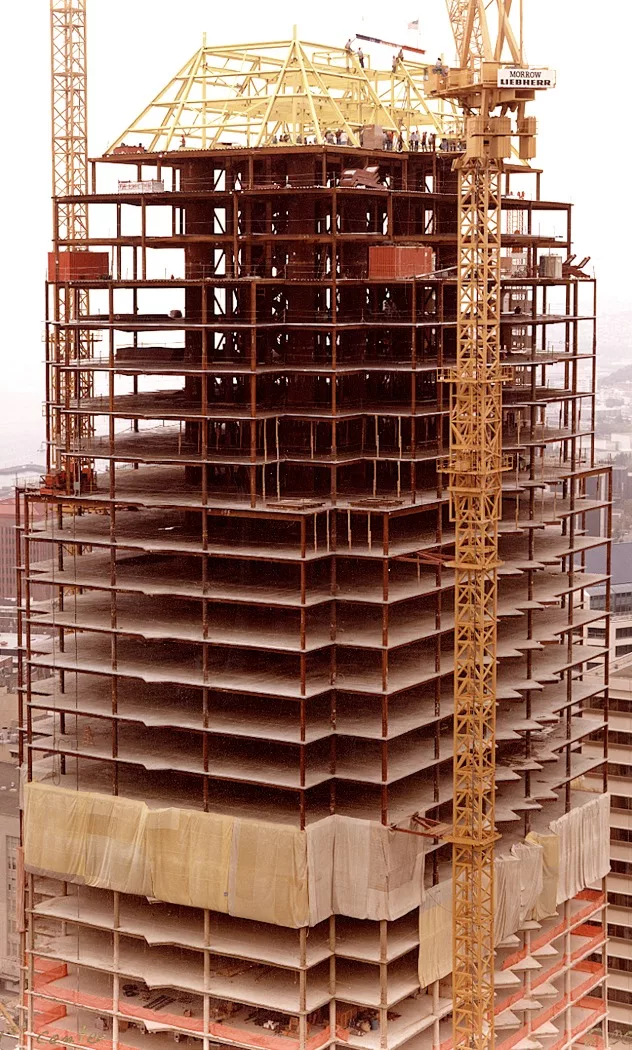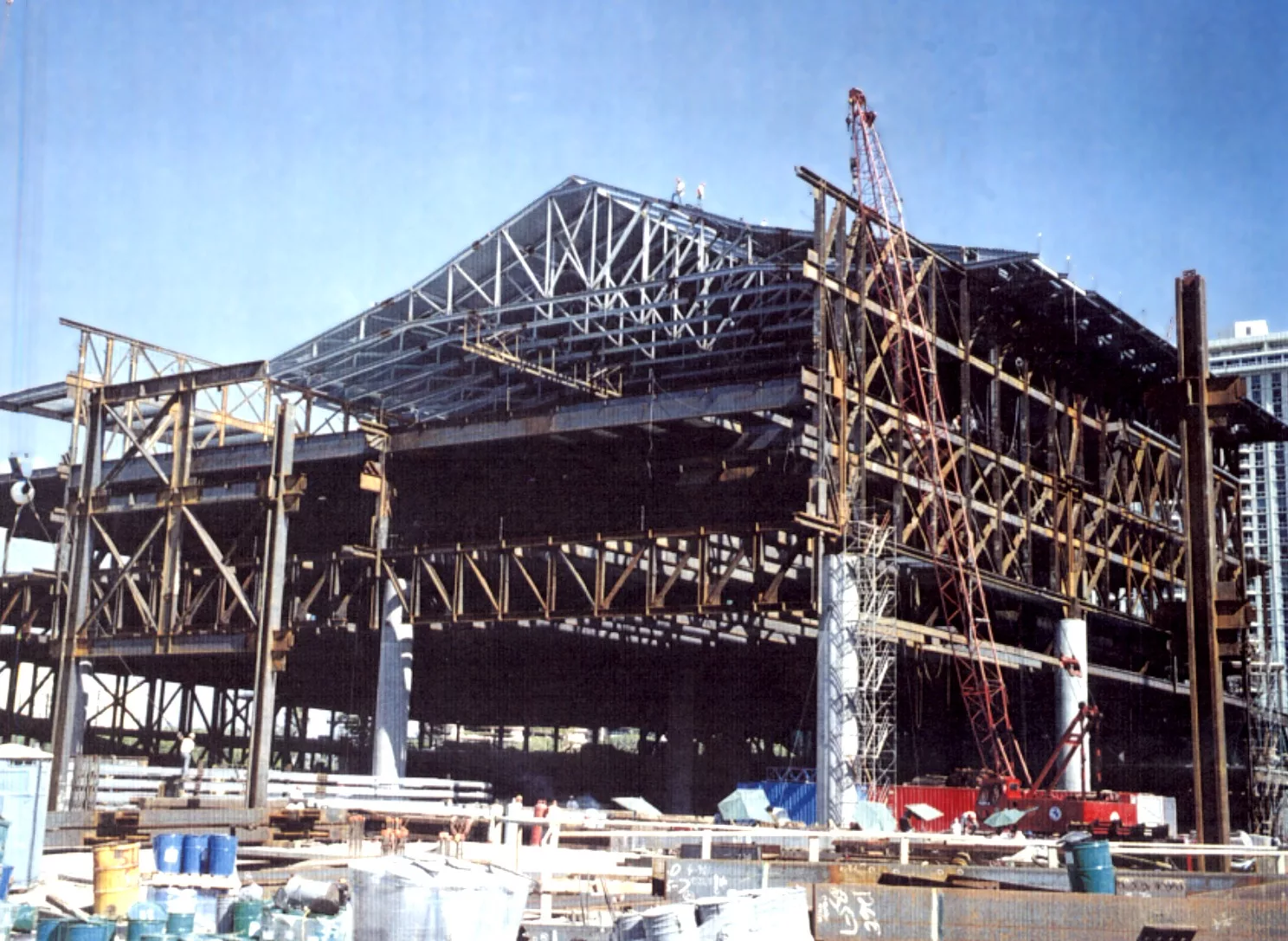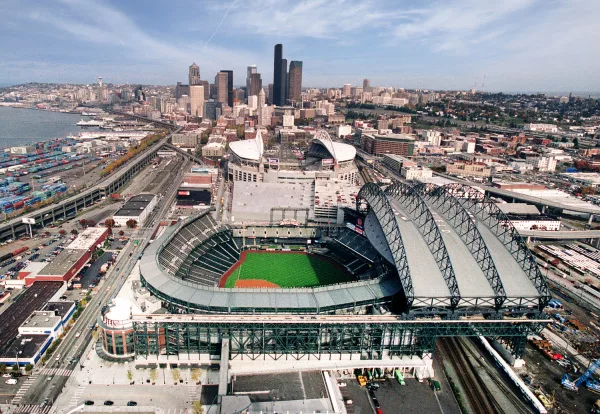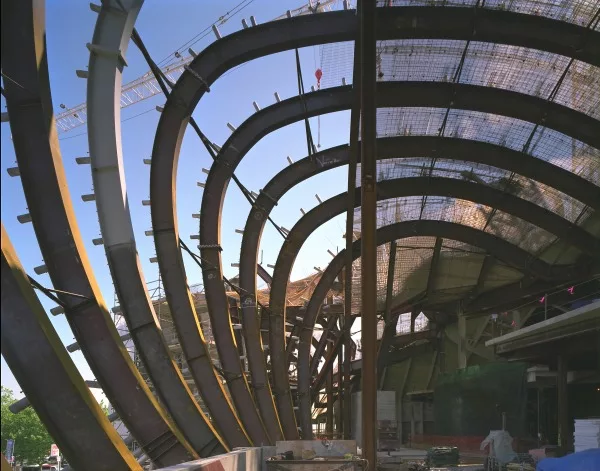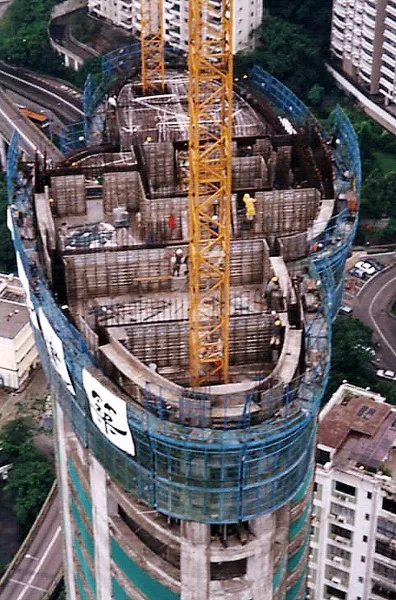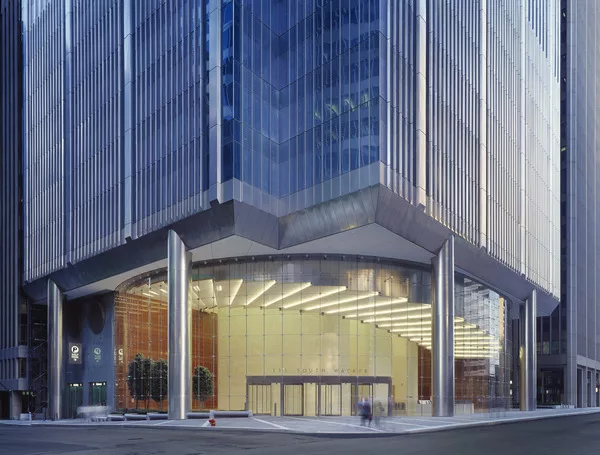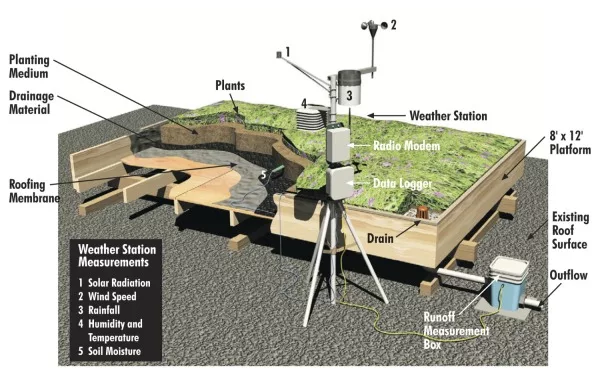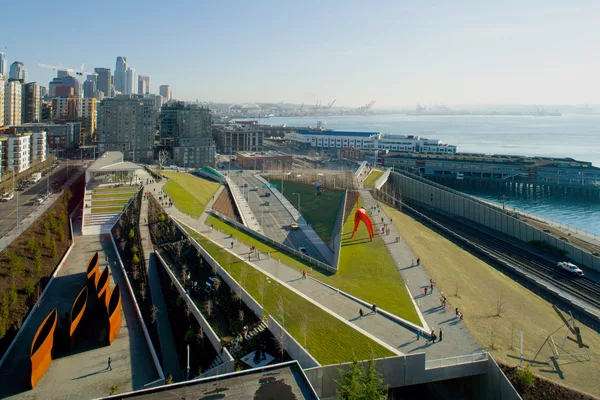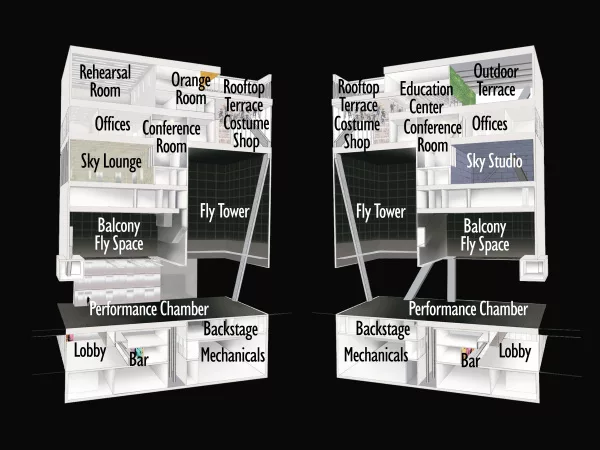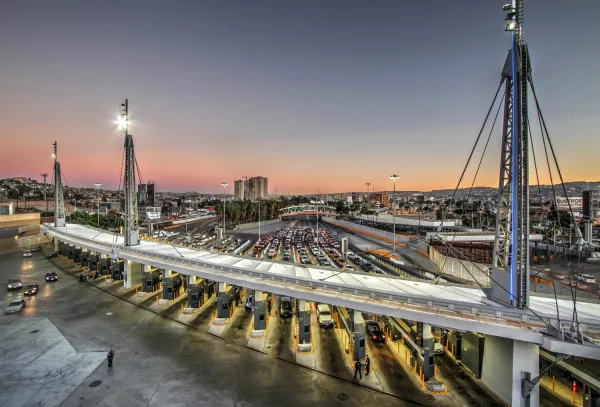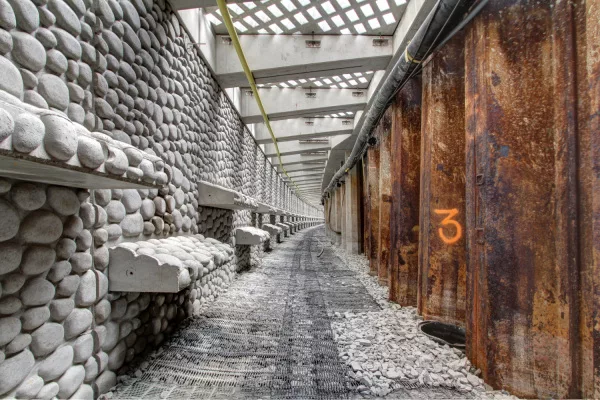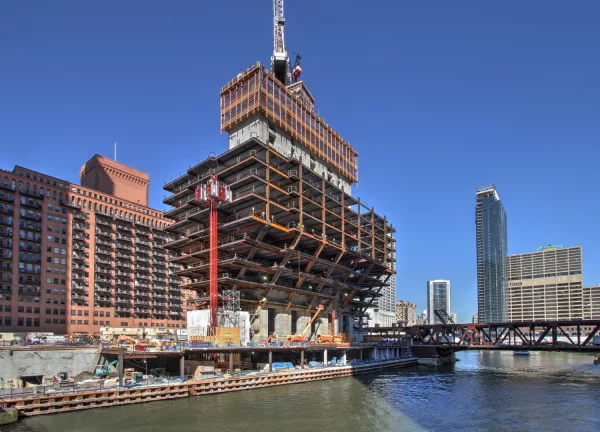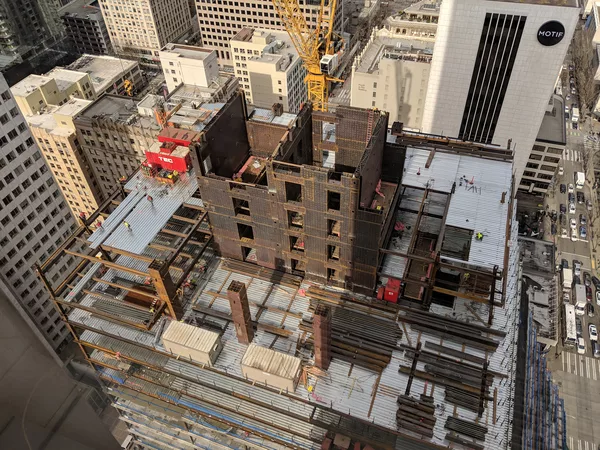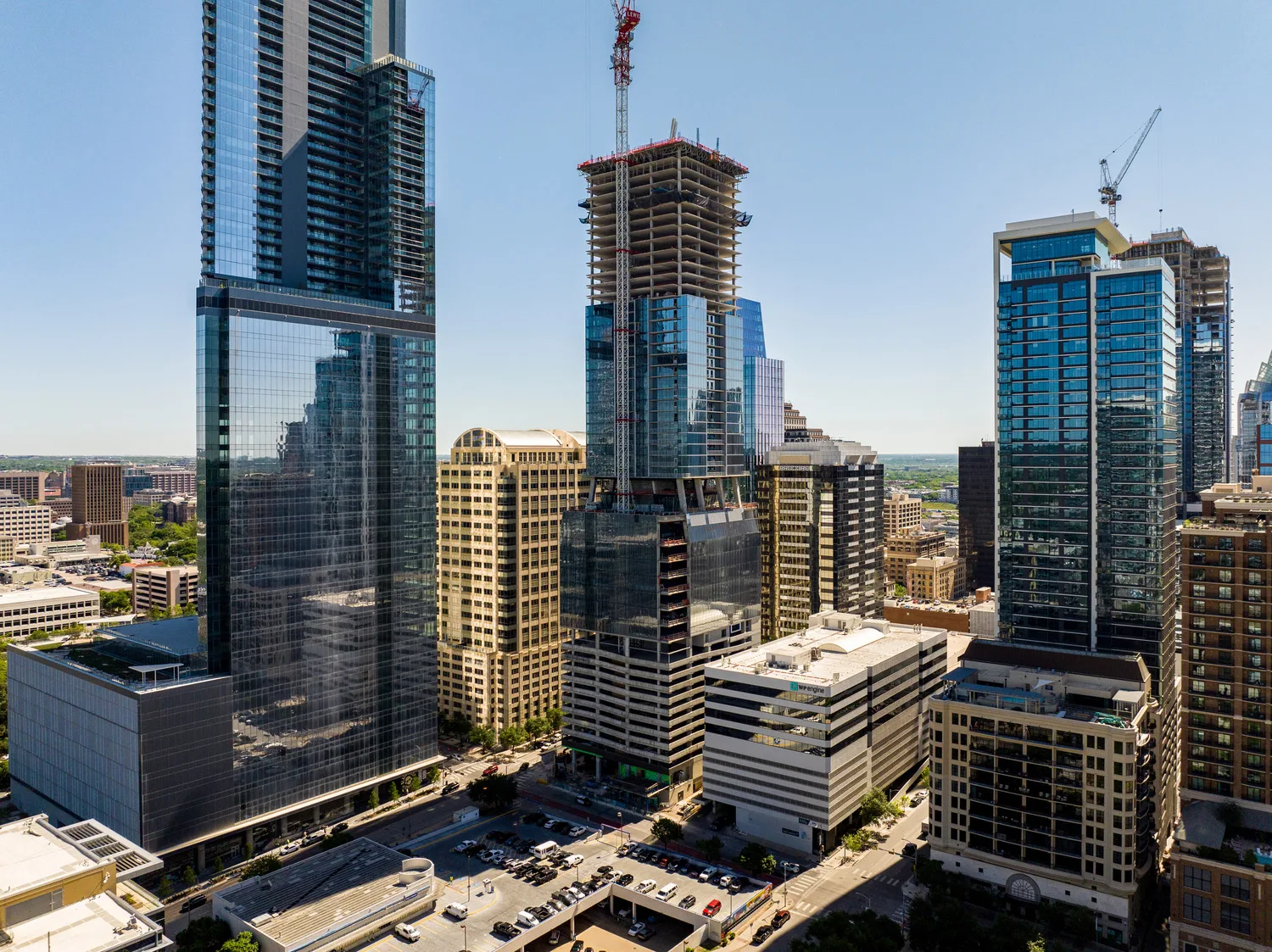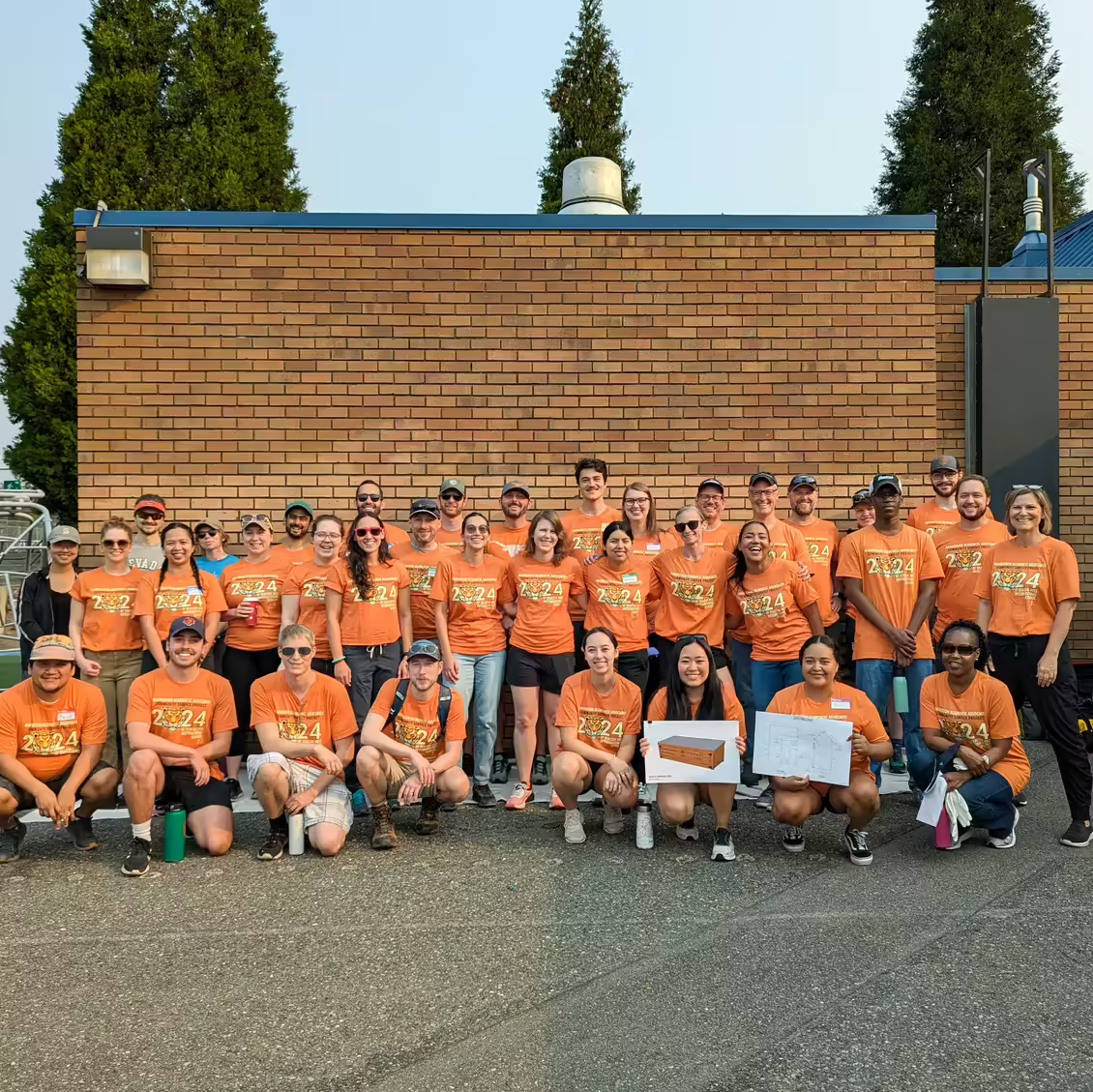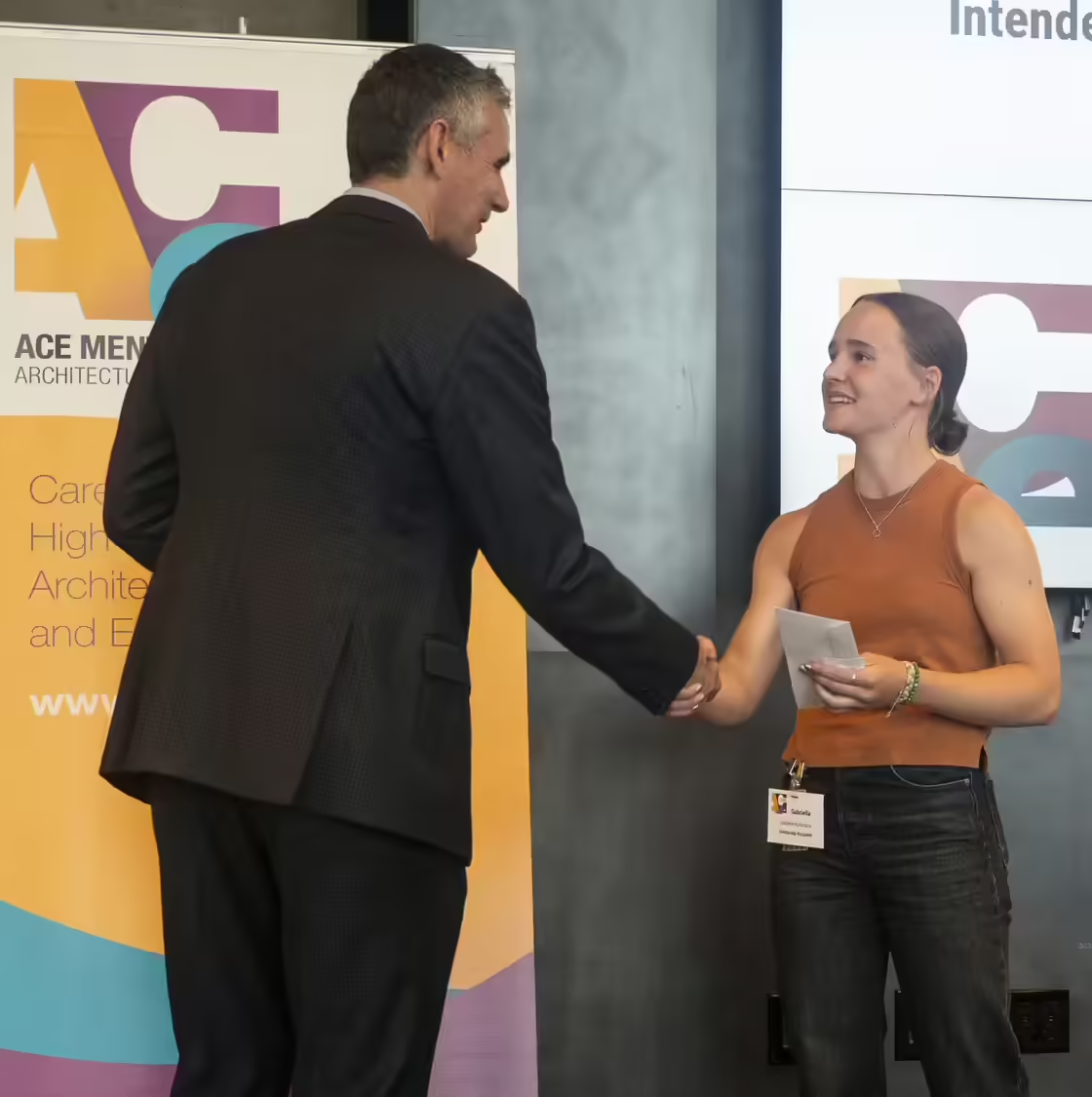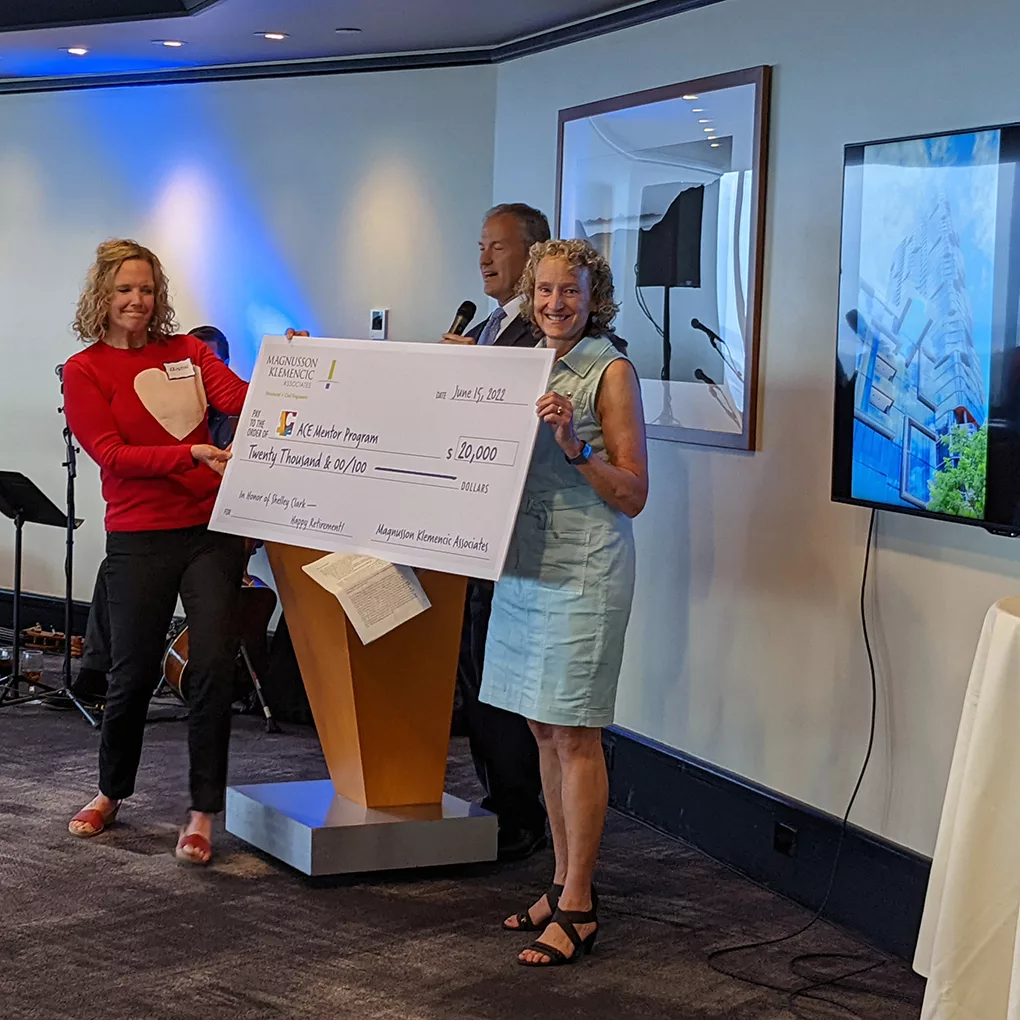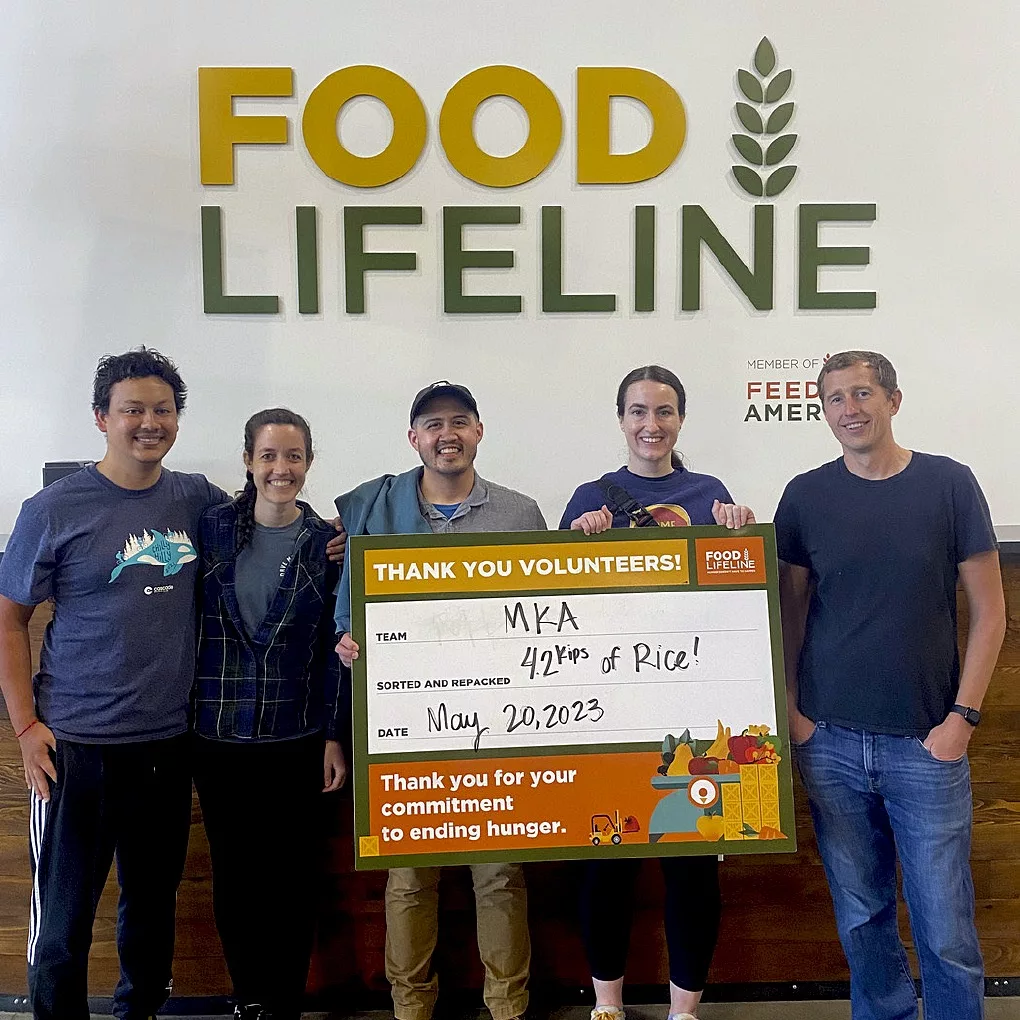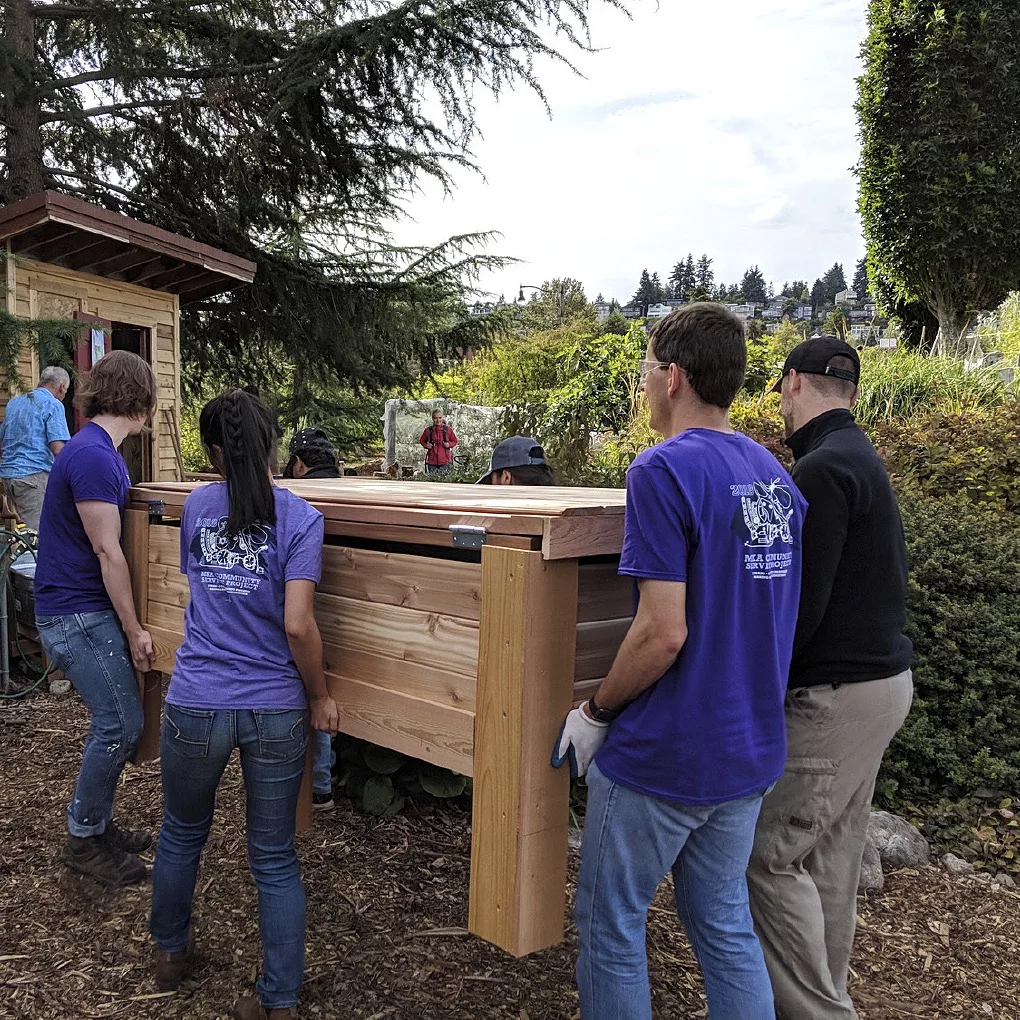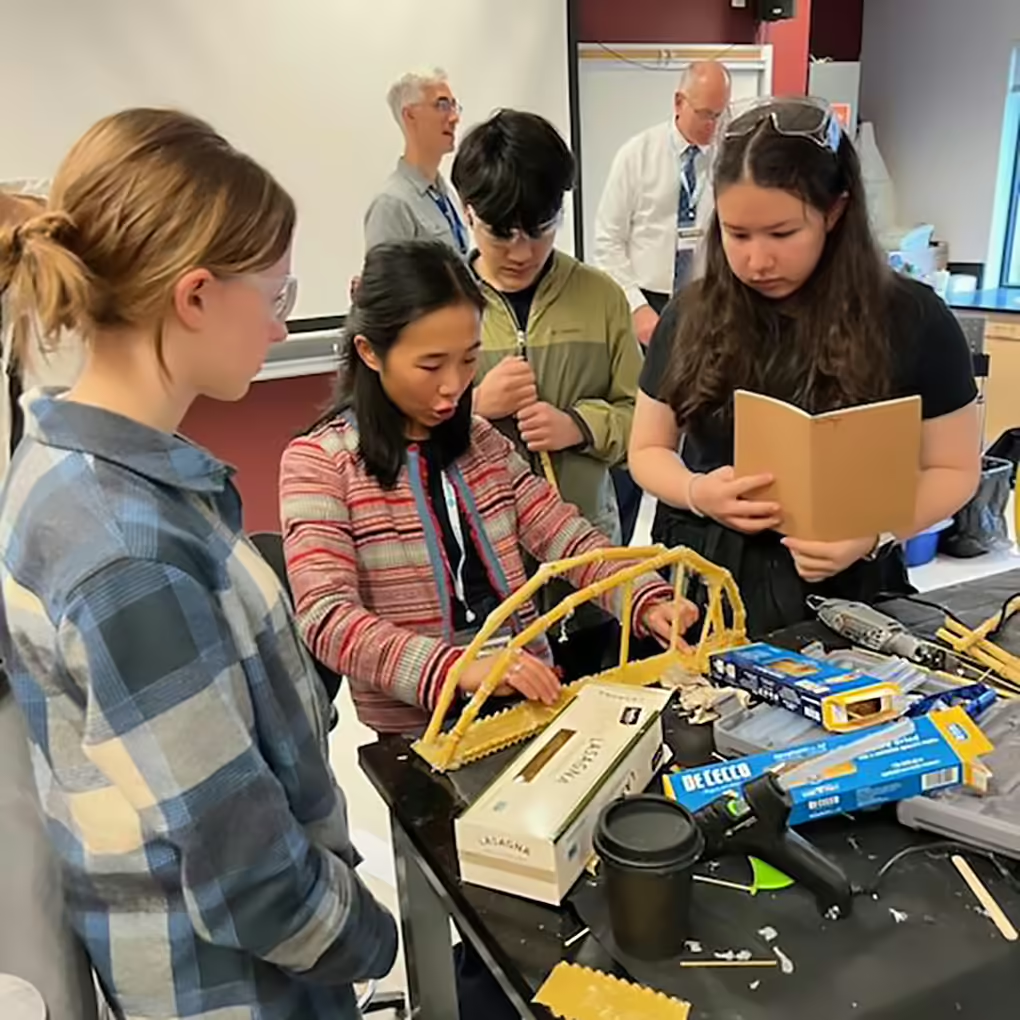About
Collaborative. Specialized. Global.
Our philosophy draws on over 100 years of dedication to the engineering discipline. Sought out by industry-leading architects, owners, developers, and contractors, we deliver reliable, highly functional, ground-breaking designs that stand the test of time.
Driven by a “better together” mindset, we prioritize collaboration as a key tool to spark innovation and cultivate creativity. We reflect this not only in our client relationships, but with a flat organizational structure—our most experienced, senior-level staff are engaged on every project and work elbow-to-elbow with technical specialists, design engineers, and modeling experts.
We operate as one team and one office. The impact on our clients? Every project benefits from our collective idea sharing, experience, and lessons learned.
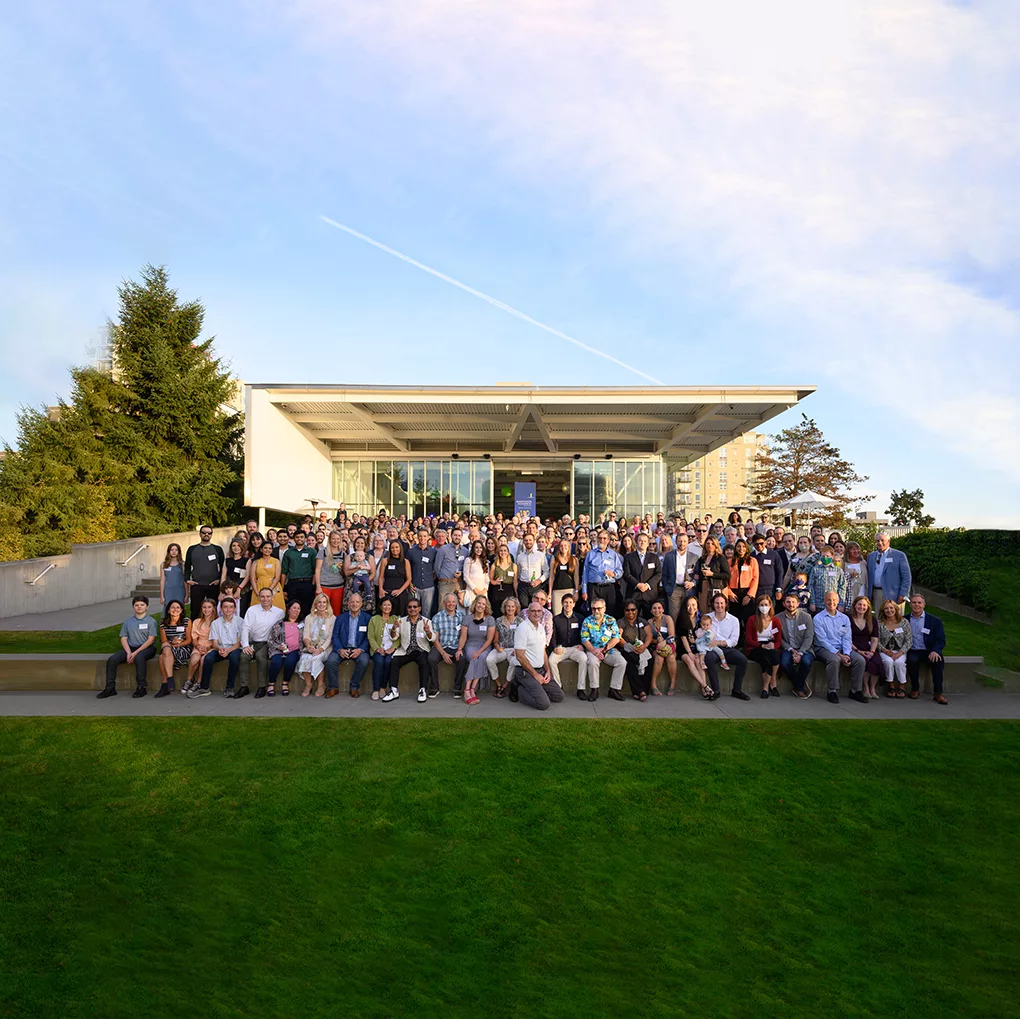
Our Services
Our firm offers traditional structural and civil engineering services for buildings of all shapes, sizes, and complexities, as well as site designs for architectural and landscape projects ranging from small urban infill sites to campuses over 1,000 acres. Partnered with our engineers, MKA’s robust and skilled team of building and site modelers contribute cutting-edge, detailed models in Revit, AutoCAD, Infraworks, Civil 3D, Rhino, Navisworks, and Dynamo, among others, to support our projects.
With a portfolio reflecting every major market sector, we are ready to contribute inspired design solutions to the most unique and challenging projects worldwide.
Structural Engineering
- Seismic, Wind, Vibration
- Adaptive Reuse, Existing Building Renovation, and Retrofits
- Performance-Based Design
- Sustainable Design
Civil Engineering
- Site Civil Engineering
- Strategic Infrastructure Planning
- Sustainable Water Management
- Resilience-Based Design
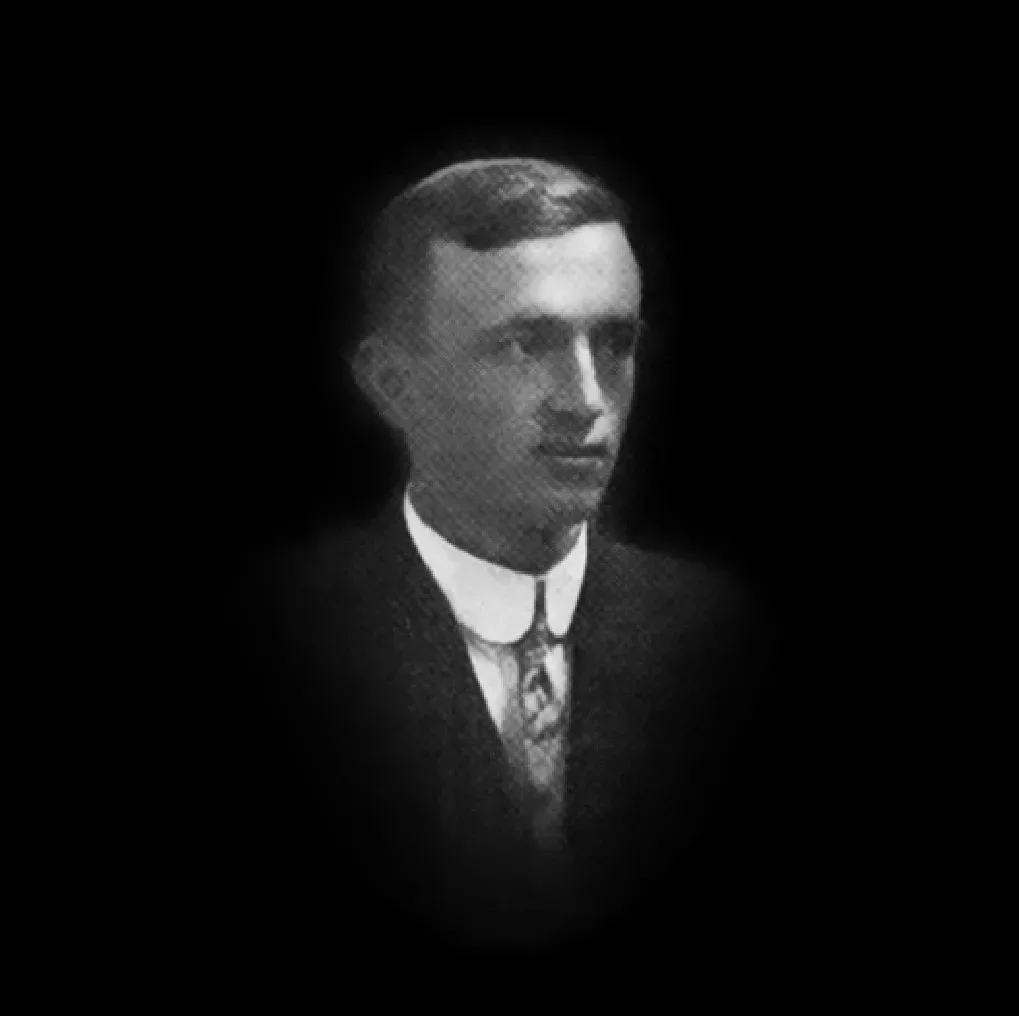
The MKA Story: 100+ years of engineering vision, dedication, and creativity.
The W. H. Witt Company was founded in 1920 by William Henry Witt in Seattle, Washington, as a one-person company with dreams of making his mark on the city. From these humble beginnings, we have evolved into the global, award-winning firm we are today—growing in name and number to hundreds of employees and a portfolio of thousands of innovative, iconic, and world-class projects.
While our leadership and name have changed eight times over the last century, our commitment to delivering client satisfaction and design solutions for the best buildings and sites in the world has never wavered.
A Legacy of Enduring Design
We do what’s never been done before.
Inherent to our story, success, and growth is a drive to improve. This theme of innovation has resulted in a legacy of “firsts” that have not only earned MKA a reputation as leaders in the engineering field, but have propelled our industry forward. We are engineering pioneers always striving for the next frontier.
Committed to Community
We aspire to impact not just the built environment, but the people and communities who live, work, learn, and play in the spaces we bring to life. From senior leadership and department heads, to new hires and interns, our whole team gets involved and works to make a difference with real boots-on-the-ground effort. Examples of our community service include:
- Founding and participating in the Washington chapter of the ACE (Architecture/Construction/ Engineering) student mentoring program
- Volunteer lecturing for University of Washington graduate-level structural engineering classes
- Donations and employee involvement in community events such as Food Lifeline’s “Food Frenzy”
- Participating in local science fairs
- Supporting national and regional United Way chapters
- Sponsoring an annual MKA Community Service Project
